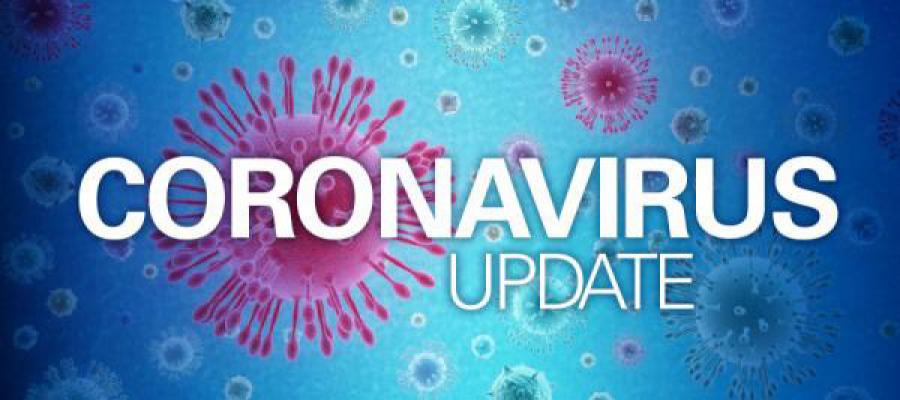CDC head says COVID-19 public test-tracking system imminent

Centers for Disease Control and Prevention Director Robert Redfield today said the agency is in the process of setting up a public tracker for novel coronavirus (COVID-19) tests, and it could be available this week.
Redfield told the House Committee on Appropriations that he hopes the system will be “comprehensive,” with the capacity to track “how much testing is being done and what percentage of those [tests] are positive, when and where."
The Centers for Medicare & Medicaid Services on Monday issued a memo to State Survey Agency directors with information in response to inquiries from hospitals and critical access hospitals concerning implications of COVID-19 for their compliance with Emergency Medical Treatment and Labor Act requirements. The document reinforces hospitals existing obligation for screening, stabilization and transfer, as well as their available latitude for setting up screening sites away from the emergency department. It also provides a question and answer document specific to EMTALA obligations and COVID-19, which emphasizes the importance of reliance on CDC guidance regarding isolation and infection control measures. The document also includes a fact sheet for addressing increased surges in the numbers of patients presenting to the ED.
In other news, the Department of Health and Human Services yesterday announced funding to develop a COVID-19 diagnostic test that could deliver results to clinicians in less than three hours.
Due to the COVID-19 outbreak and growing shortages of N95 respirators, the Food and Drug Administration has issued an emergency use authorization permitting health care facilities to use disposable filtering facepiece respirators approved by the National Institute for Occupational Safety and Health, including respirators that have passed the manufacturers' recommended shelf-life.
AABB is urging hospital leaders at its accredited facilities to take the following, proactive steps to manage their blood inventory:
• Use your communication channels to highlight the importance of continued blood donation and ask your blood supplier how you can support their ongoing education and outreach efforts.
• Prioritize working with your blood bank and transfusion service to continuously assess your blood inventory in light of your hospital's utilization needs.
• Develop a hospital plan with strategies that address potential blood shortages.
• Engage in transparent communications with your blood supplier by sharing changes in your blood supply needs.
The CDC will host a conference call Thursday, March 12 on caring for children and pregnant women during the outbreak, including infection prevention in inpatient obstetric settings. The presentation will be available on-demand a few hours after the live event.

